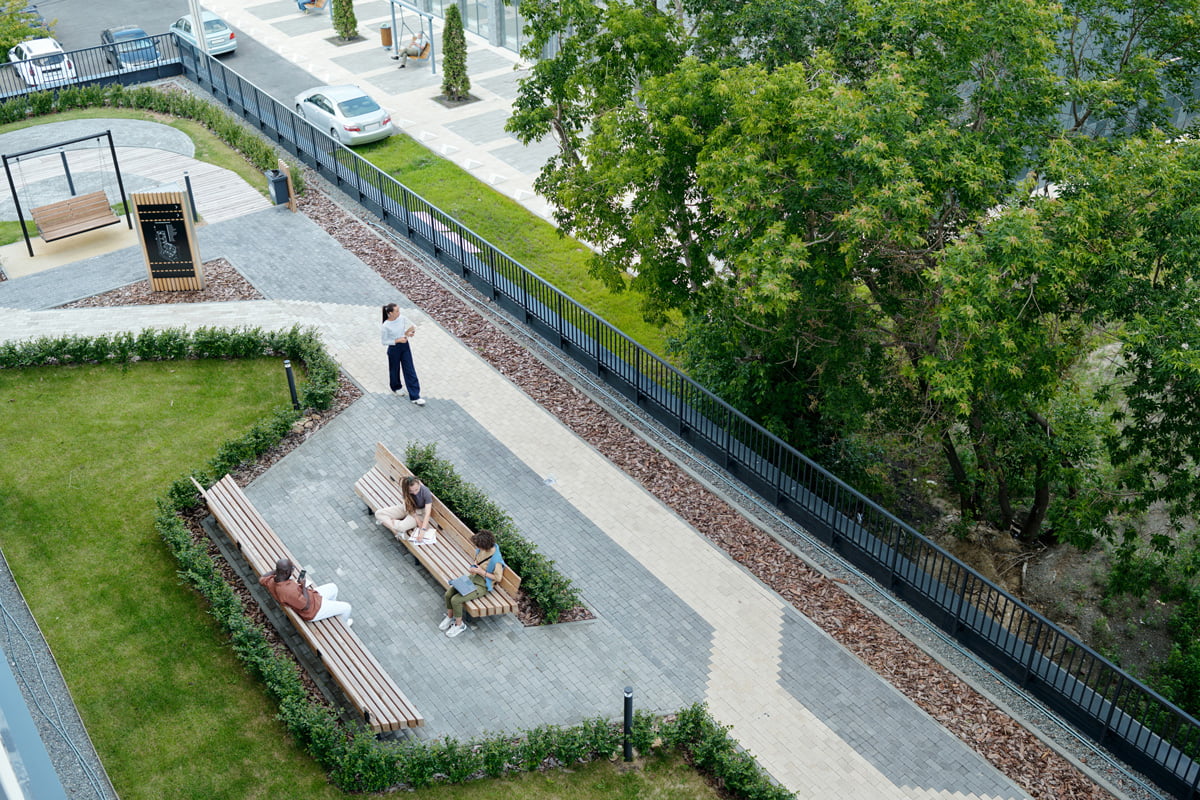Original Date: September 26, 2024 | 2:00 PM EST/1:00 PM CST
Speakers: Tom Mortensen, PLA, ASLA
Credits: 0.1 CEU / 1.0 PDH / Approved for all Envirocert International, Inc. (ECI) Certifications: Approval #PDH-0057

Produced in partnership with Storm Water Awareness Week
This presentation reviews various site planning and design techniques, approaches, principles, successes, pitfalls and roadblocks to designing, establishing and maintaining Green Infrastructure systems and how these landscapes can integrate with well designed environments. The historical natural patterns of hydrology and landscape will be reviewed and compared to impacted, manmade, designed and manipulated patterns of hydrology and landscape. The content will show how we can learn from history by taking our cues from nature when thinking differently about water when we use the mindset of “rainfall integration” through the use of logical efficiencies and proven design methods. Design techniques and real world projects will be shared in relation to using site specific ways that even the general public can understand and appreciate. The presenter will discuss how this can be successfully achieved, but also how quickly these systems can turn into bad science projects if the commitment to their success isn’t embraced by all project stakeholders. Attendees will be able to better understand the relationship between the landscape architect, civil engineer, community members, municipal staff, the architect and the client as it pertains to expectations, aesthetic tolerances, design methods, restrictive and prescriptive ordinances and design standards when applied to using native landscape to integrate rainfall onto a designed site through collaborative site planning methods.
Learning Objectives
Upon completion of this presentation, attendees should be able to:
- Explain how a well-integrated design process and a multi-disciplinary design team can collaborate on successful projects and develop better site plans to integrate rainfall using innovative design methods when they are engaged early in the process.
- Cite examples of real life design techniques, approaches, principles, objectives, successes, pitfalls and roadblocks when integrating building, site and landscape for rainfall integration.
- Understand patterns of hydrology and landscape by taking cues from nature to better integrate rainfall by using logical efficiencies and proven methods.
- Explain about existing threats to OUR water and how by adopting a better water ethic, we as designers can make an immediate impact on water quality.
About the Presenter

Tom Mortensen, PLA, ASLA – Site Planner / Landscape Architect
Tom Mortensen has over 35 years of experience in site design, landscape architecture and related design and construction professions. Tom has expertise in site planning, urban spaces, park and public open space design, memorials / public plazas, retail developments, restoration plans and integrated stormwater management / green infrastructure.
He has worked on design projects with for US Forest Service, National Park Service, Boy Scouts of America, Native American Tribes and the U.S. Department of Veterans Affairs.
Tom has given presentations throughout the region at various conferences and events on topics pertaining to site design, master planning, rainfall integration / green infrastructure, water quality and site development. Since 2011, he has been teaching a class at the UWM School of Continuing Education in the Water Technology Certification program on the topic of green infrastructure and using native landscape and site design for more resilient management of rainfall on sites.






